Some automakers try to reinvent the wheel with every new model, in a constant quest for that next new big thing that will flood showrooms with eager buyers. Others take a more nuanced approach, making gradual improvements on the same idea, making it a little better each time. Today, we’re going to look at two cars from probably the best example of such a manufacturer: Honda.
But first, let’s see what you made of yesterday’s Chryslers. Quite a few commenters took the easy way out and said “neither,” but those of you who did vote seemed to have a preference for the big old New Yorker. The Crossfire’s styling, or its high mileage, or the complete lack of any useful information in the ad, didn’t do it any favors, it seems.
I think I’d favor the Crossfire if it were a convertible and had fewer miles. But I just never warmed to the coupe bodystyle. I don’t have any use for the New Yorker, nor a good place to park it, but if I had to choose, I think I’d go that way. I’d ditch the Lean Burn setup at the soonest opportunity, though.

Honda entered the US motorcycle market in 1963 and the car market in 1969, and in both cases quickly developed a reputation for building friendly, reliable machines. The earliest cars were maybe a bit too small for US roads, but Honda remedied that with the Civic in 1972. “We Make It Simple” was the advertising tagline back in the 70s, and that idea had a lot of appeal in those days of gas crunches and political scandals and polyester slacks.
No new cars these days could be called simple, but Honda maintains its friendliness and reliability. Honda also has the distinction of making the only new-for-2025 car that I’m genuinely interested in: the new Prelude. I’ve never had a Prelude, but three other Hondas have graced my driveway over the years: a 1984 Accord sedan, a 1993 Acura Integra, and a 1995 Civic Del Sol. All were reliable, give or take some previous-owner shenanigans, and all were excellent to drive – even though the Integra was a bit boring because it was an automatic. The two we’re going to look at today represent Honda doing what it arguably does best: building basic economy cars that feel just a little bit special.
1978 Honda Civic CVCC – $2,150
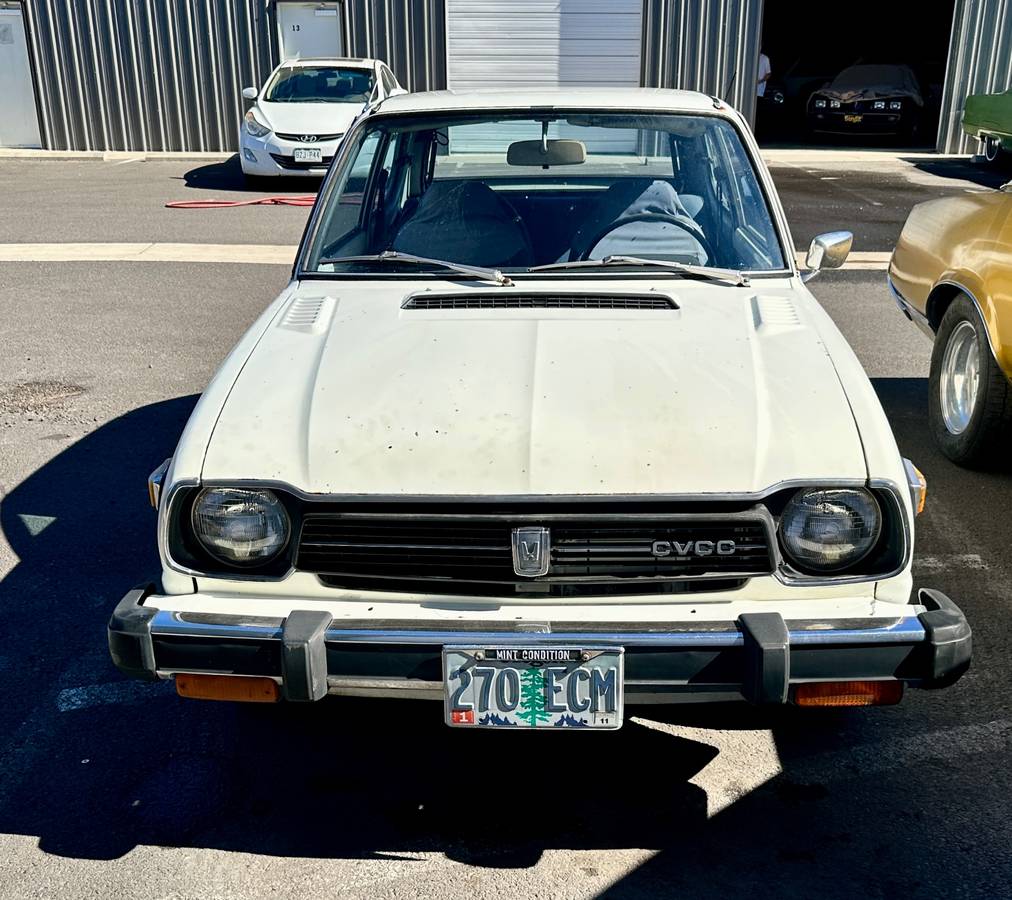
Engine/drivetrain: 1.5-liter OHC inline 4, five-speed manual, FWD
Location: Eugene, OR
Odometer reading: 75,000 miles
Operational status: Fuel tank removed for cleaning, starts and runs off external fuel source
After the first fuel crisis in 1973, small cars in America were a pretty easy sell, but the choices weren’t great. Chevy offered the Vega and later Chevette, Ford countered with the Pinto, Chrysler sold a bunch of rebadged Hillmans and Mitsubishis, and AMC just chopped the trunk off a sedan and called it good. Volkswagen still sold the ancient Beetle. Toyota and Datsun both sold small cars that were the same basic idea as the American choices, only put together properly. But a new layout for small cars was ascendant, starting with the Fiat 128 and eventually taking over the whole market: transverse engines and front-wheel drive. VW went this way with the Rabbit, as did Chrysler with the Omni and Horizon. But before those, there was the Honda Civic.
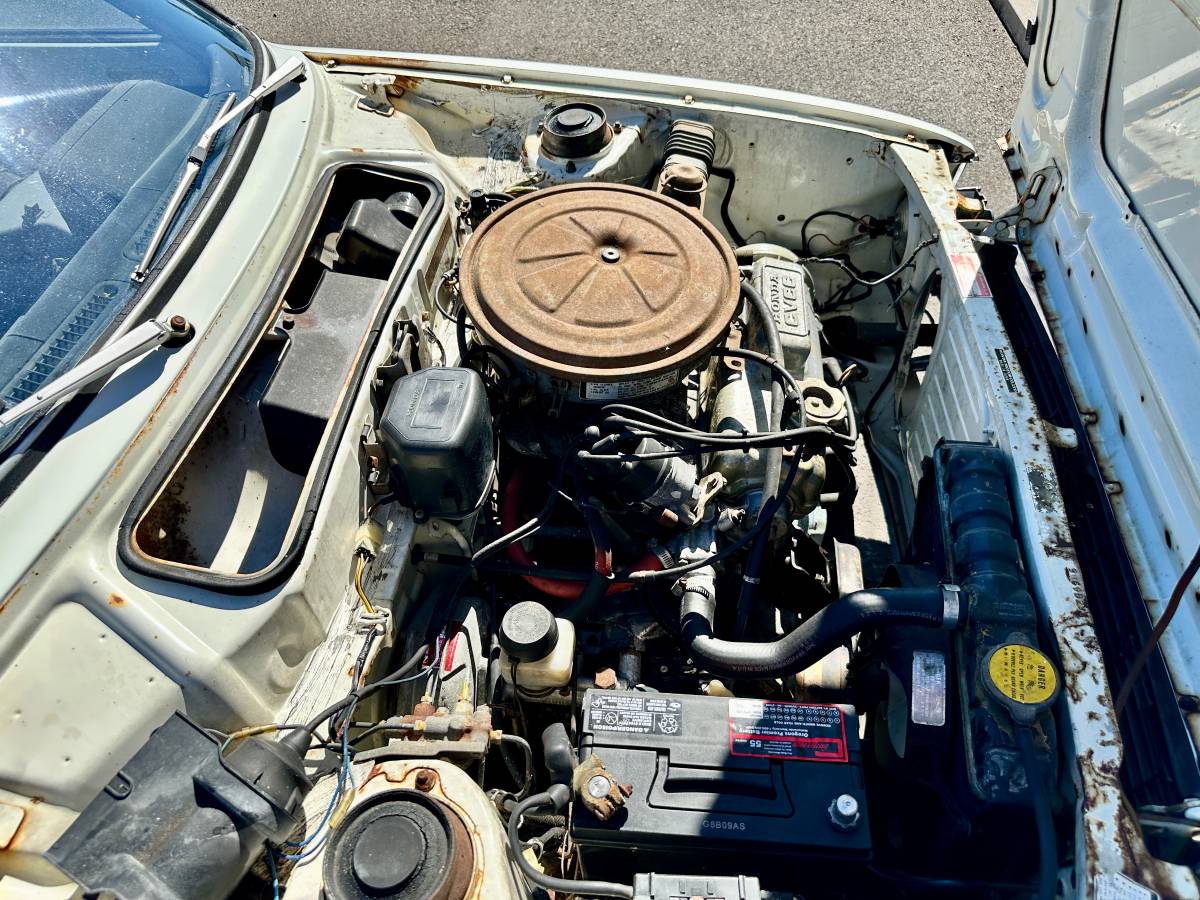
The Civic’s predecessor, the N600 and Z600, also had transverse engines in the front, but the gearbox was mounted below the engine, in its oil pan, rather than beside the engine in a separate housing like Fiat’s design. In 1975, as an answer to stricter emissions control standards, Honda introduced the CVCC engine, with a clever cylinder head design that allowed it to run leaner than a typical engine, thereby burning cleaner and getting better fuel economy. It’s a clever technology that worked well enough to keep Honda from having to install a catalytic converter on the Civic, and could have worked on other cars as well. This example has been sitting for a long time, but the seller says it will start and run just fine if you supply fuel straight to the carb. The fuel tank is in the trunk, removed for reconditioning by a previous owner. Once the tank has been cleaned and reinstalled, you can set about doing all the other stuff you need to do to put a car back on the road after a long slumber.
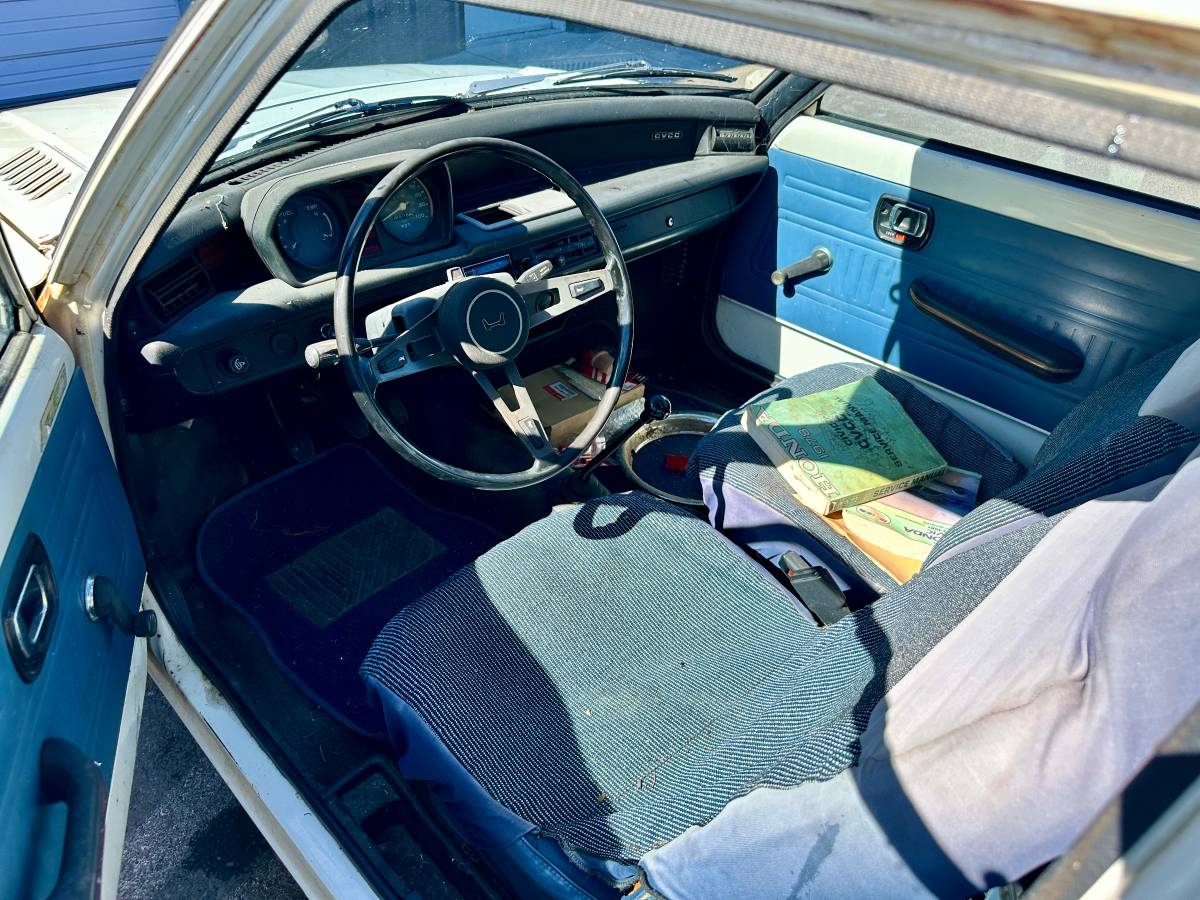
Even in this early Civic, you can start to see the brilliant interior design and ergonomics that Honda would become famous for. It’s open and airy, with that nice low dashboard. Earlier Civics had a strip of wood trim along the dash – real wood, I think – but it looks like it was gone by 1978. The interior is generally in good shape, though there’s no telling how the seats look under those covers. There’s a chance they’re fine, and the covers are just there to keep you from sticking to the vinyl.
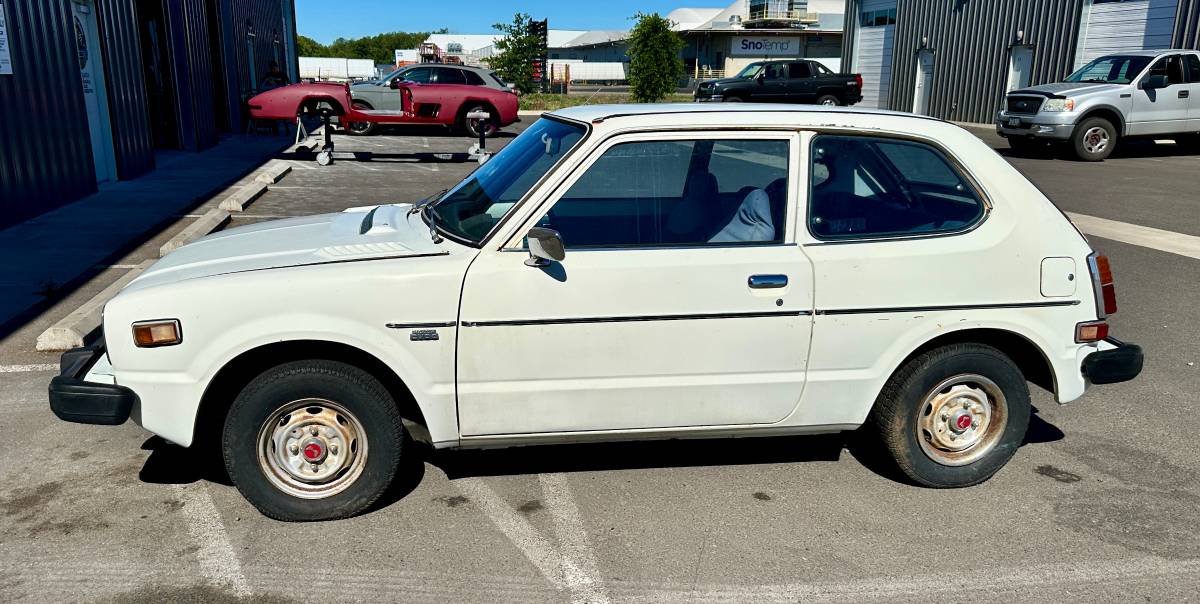
First-generation Civics were recalled for rust, but you’d never know it from looking at this one. Of course, it has been off the road since 2011, and clearly kept in a garage, but still, it’s the cleanest one I’ve seen in a long time. Even this one is a little crispy around the edges, but it’s clean enough to shine up and be proud of. Just be ready for a bunch of “wow, I haven’t seen one of those in forever!” comments.
2007 Honda Fit – $3,700
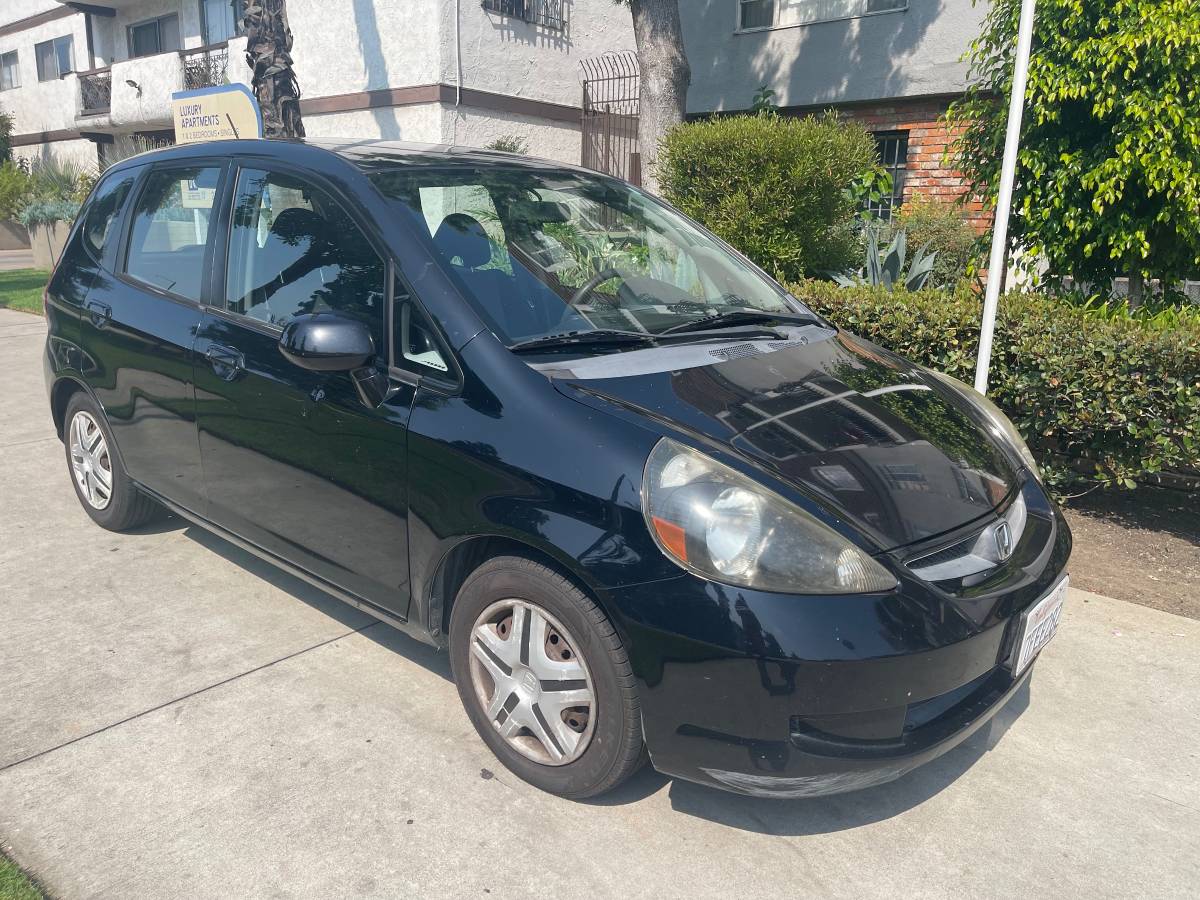
Engine/drivetrain: 1.5-liter OHC inline 4, five-speed manual, FWD
Location: Los Angeles, CA
Odometer reading: 168,000 miles
Operational status: Runs and drives well
Several generations of Civic hatchbacks followed, beloved by more than one generation of driver, but eventually, the hatchback design gave way to sedans and coupes. But Honda had another small hatchback in its stable, ready to take over the mantle: the Fit, also known as the Jazz in some markets. Introduced in the US with a series of really clever ads, the Fit filled the gap left by the Civic hatchback, until the US market lost its collective mind and abandoned small, inexpensive cars altogether.
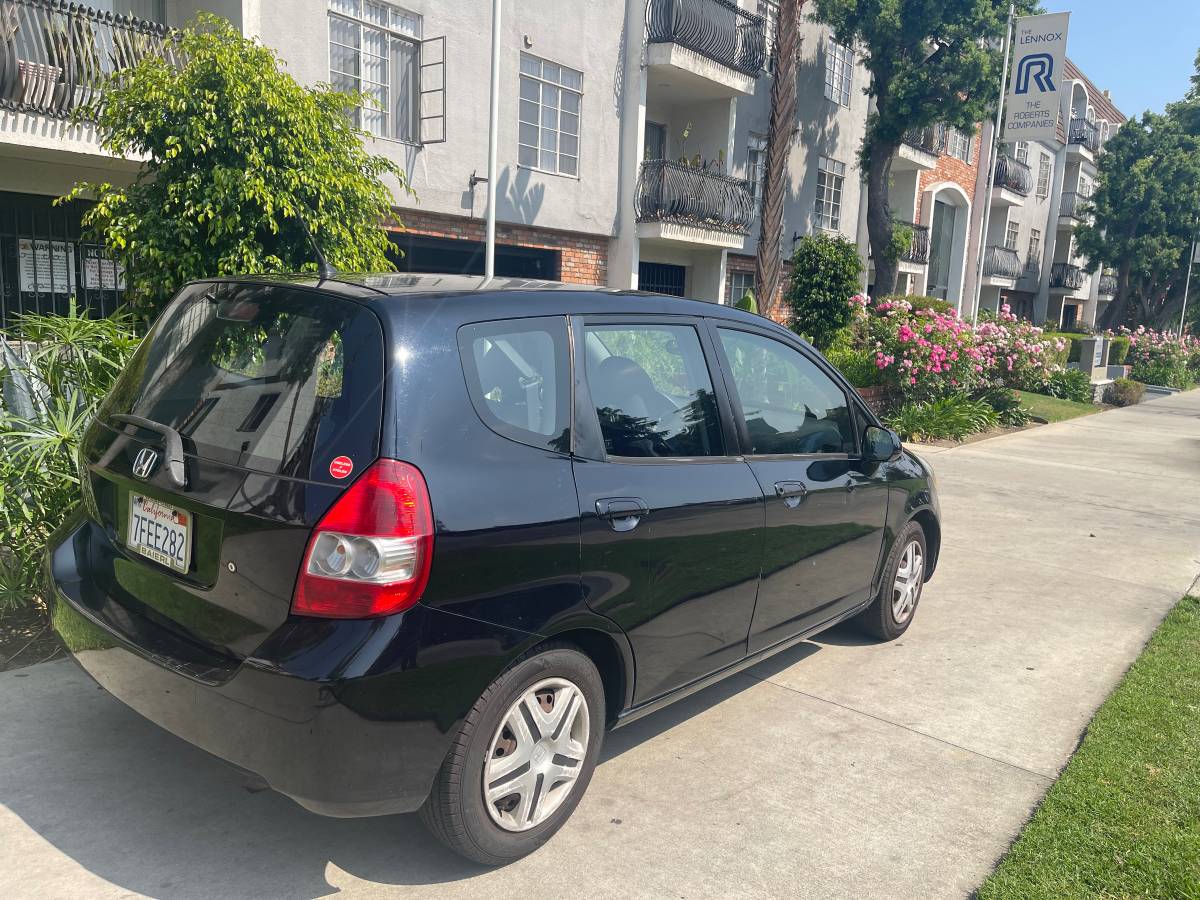
The Fit is also powered by a 1.5-liter engine, also featuring clever technology with a four-letter acronym – in this case, Honda’s VTEC variable valve timing system. It puts out twice the power of the old Civic CVCC engine, and the Fit weighs almost a thousand pounds more, but the fuel economy is similar – Honda used its technological prowess for good, not evil. This example has 168,000 miles on it, and the seller says it runs great.
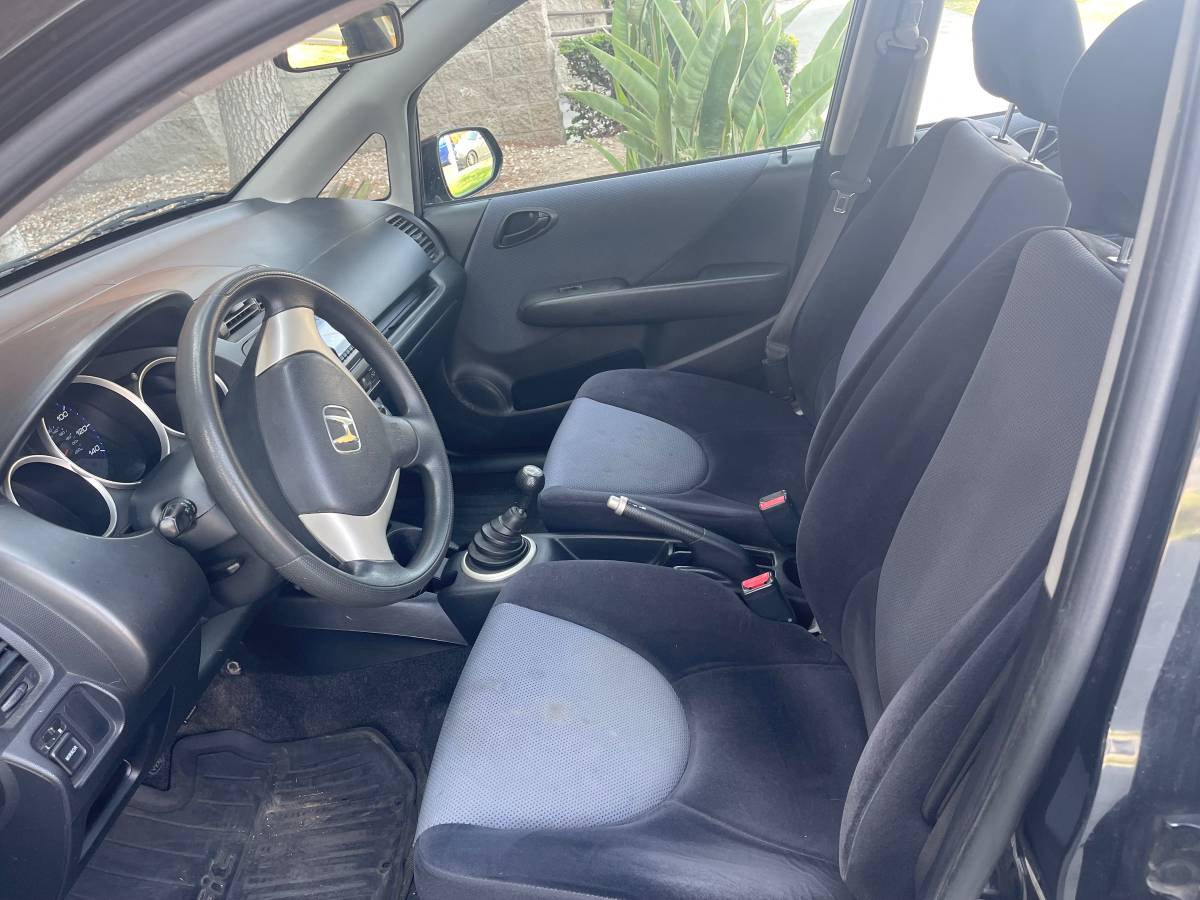
I still prefer Honda interiors from the 80s, but this one looks pretty easy to live with, too. I like that rubber accordion-style shift lever boot; you don’t see those often anymore. The driver’s seat looks a little worn, but the rest looks practically new; I get the feeling this was one of those single-occupant commuter cars.
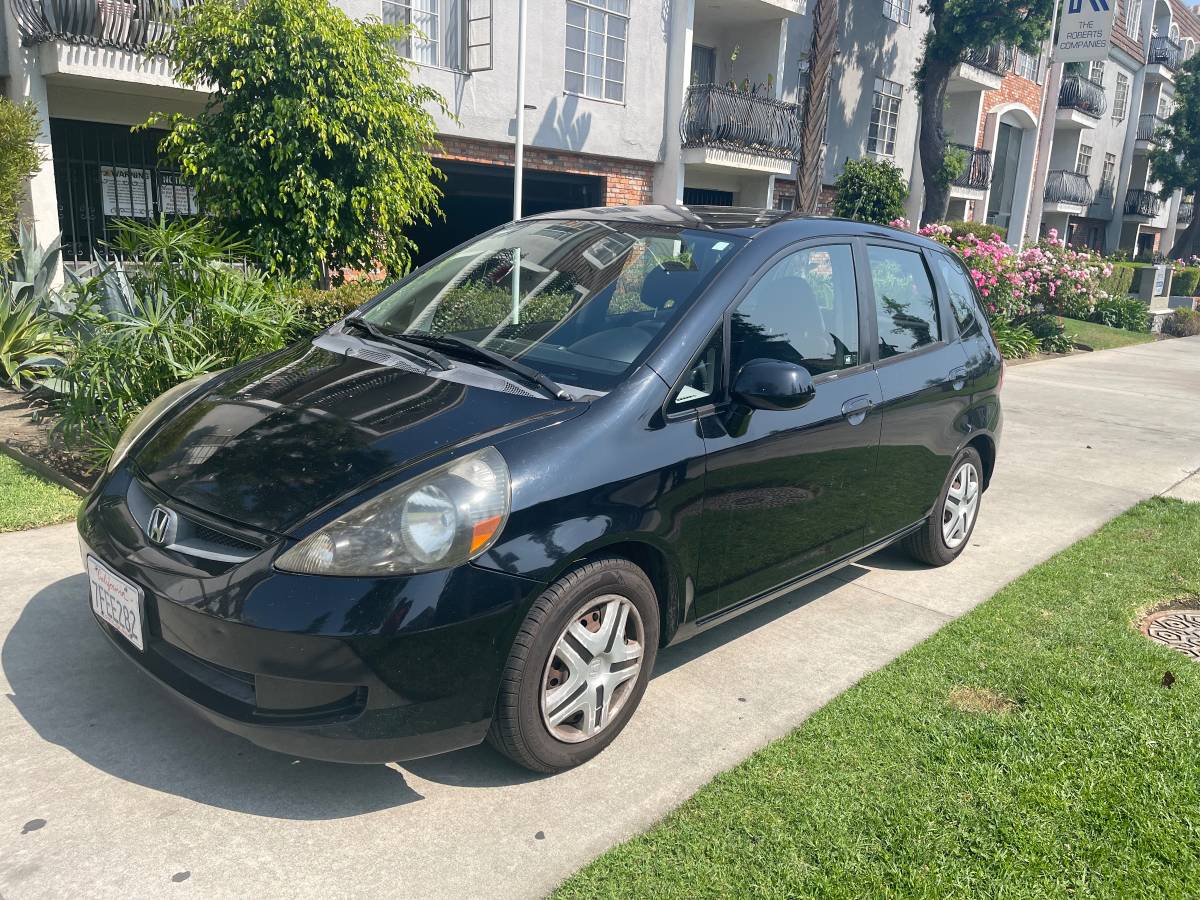
It’s a sharp-looking little car, and I like those little quarter windows in front of the doors. This is a base model, not the Sport, so it has steelies with plastic hubcaps and no spoilers or ground effects. This is one of the rare cases where I prefer the version with the added-on stuff; this one looks a little plain. But it’s in great shape, and it looks like it has been well cared for.
Little Honda hatchbacks are gone from the US market now, replaced by various sizes of bland, overweight crossovers. I’m sure they’re as reliable as the older ones, and probably fine to drive, but why can’t we have some small, light, fun-to-drive options as well? Ah well, at least used ones are still available. They came a long way in the thirty years between these two cars, but the spirit stayed the same. Which do you prefer – the old original, or the more advanced modern version?









The Fit is the much better car.The old CVCC’s are great cars but if a bicycle T-Bones you if may be fatal.
I’ll take both. Classic cvcc for me, and fit for my 15 ear old to learn to drive before he gets behind the wheel of the classic i have waiting for him. Also fit can run in sundae cup so that would be fun.
I have a 2016 Fit in Milano Red, bought new. It’s a rev-happy roller skate. And if you’re able to keep your speed up, it’s a blast on turns.
Mine is a CVT, but not a soul-crusher. Also, it’s a restless man’s moving van. This vehicle loves to swallow up parcels, boxes, or steamer trunks. I hope to keep it for a long time.
My 2015 EX is the same. I love it.
Definitely the Fit if I had to choose only one. It’s going to be safer than the CVCC, and more practical. If I had the skills and equipment to fix and reinstall the gas tank on the CVCC though… that may change my mind. But yeah. The Fit I’ve heard lots of good things about in terms of how fun it is to drive.
I have two memories of my stepmothers 78 Civic. The first was probably one of the first few times we went to their (my father and her’s) new “vacation house” in Rhode Island, which was a 2 hour drive (which I proceeded to do hundreds of times every other weekend for years and eventually lived in, UGH). My brother and I shared the right side of the back seat together with some piece of furniture they bought while antiquing. I recall it being super hot, super long, and super uncomfortable.
The 2nd memory is the same car in pieces after my brother took the head off to see what was wrong. It never went back together, and ended up in a junkyard, exactly where that POS stepmother of mine deserves to be. Fully justified emotions if I had enough time to explain. Fuck that bitch. The only good thing about her was the choice of this vehicle, literally.
My heart wants to vote Civic. I remember as a kid in the 70s, my friend down the street & his parent’s Civic pulling up a snow-covered driveway and watching front wheels spin. I was so confused.
But the Fit is a manual, good condition, decent miles, low options so lighter weight. My typical answer – rallycross!
I might be getting old and boring. The Civic has some charm but the Fit is at least 3x the car for 1.5x the price.
The Civic is cute as all h*ck, and if I had the aptitude and patience, it’d be the one I’d pick. But being able to get in and go in a perfect city car … one with crumple zones and air bags … is a huge bonus.
We’ll get (the) Fit.
After yesterday’s neither, today is a both. Drive the Fit until the old CVCC is back on the road, then have a fun to tinker on car for no other reason that nostalgia. Choosing one the CVCC wins to me
I’d take either at those prices.
Really wanted to opt for the Civic, but the newer Honda just fits.
The main issue is condition. The Civic gives the impression that its odometer rolled over once, and I’m not up for tacking on upholstery, probable brake work and other signs of age and neglect on a low-buck ride.
Reverse the condition issues, and I’d be ready to do my Civic duty.
We had the ’07 Fit for a short time, but it was too small. I couldn’t adjust the seat in such a way that I could work the clutch without banging my knee on the steering wheel and still be able to reach the steering wheel to drive. It’s a shame, because it was otherwise a nice little car. I heard that the ’08 and later were a tad bigger for the American body.
The Honda Fit should be one of the most practical cars that ever met. It is decent to drive, does not lack power, neither is a beast, relatively confortable, really cleaver space usage in such small package with a very good fuel economy.
My mother-in-law has one exactly this year, but automatic, and we have transported a lot of big stuff there, and has been bullet proof despite its high mileage, with the usual things that will tear with time.
Was looking for one to buy a while ago, but it is not easy to find one at a decent price/condition where I live. Already told her that whenever she decides to sell, I am the first in the line.
I usually vote for old & interesting over new & practical in shitbox showdown, but today will be the exception. The Fit is a fabulously versatile vehicle and fun to drive. I also like that this is a base model and, obviously, the correct number of pedals is a huge plus.
Also, I saw a much nicer CVCC for sale a few days ago. It was on the side of the road with a for sale sign in the window so I don’t have an ad to link to, but that car looked perfect from my quick inspection. The sign didn’t include a price – I am sure it is way more than $2150, but if I were to buy a car like this, I would spend the extra money to get one in better condition. The car in today’s showdown looks nice, but given this vehicle’s propensity to rust, I think this one might be more of a project than it appears at first glance.
I’ll take the Civic! They are so much harder to find in anything like unrusted out shape! I’d love a manual Fit for track and/or rally use! But there still a few more years of them being around before they get scarcer on the ground (although it’s happening quicker than I’d like…).
My heart loves the Civic, but the Fit has too many modern conveniences to pass up.
Today’s a both day!
My high school girl friend had a CVCC and it was a good little car for getting around town. My wife has a Fit and I think she will drive that thing till it can’t move any more. She loves it. Anyway, the Fit for me.
Wow…..I haven’t seen one of those Civics in forever!
There, I said it. But the Fit is for me.
the CVCC is interesting, but not enough interesting that I want it as my next project. I can winter beat the fit, or give it to my old man who actually liked those things new, and it would not be an issue for me when he wrecks it.
Fit me for that Fit! It has AC, and that’s a deal maker for me!
The Civic is nice and all, but the Fit is all I need right now.
I like the Civic, but, man, Fits are great little cars.
The Civic, because Pulp Fiction.
The only song you can play in this car though is “Flowers on the Wall”.
That Civic is driven by the titular character in Jackie Brown as well, and it appears outside the bank in Reservoir Dogs. It’s even mentioned in “The Man From Hollywood,” Tarantino’s segment in Four Rooms. If I ever meet Tarantino, it’s the only question I want to ask him: what’s the significance of that white Honda Civic?
(though IIRC, that Civic is an ’80-83, one generation newer than this one)
Only 75k miles for a car of that vintage is incredible – I imagine having to feed gas through the carburetor made it a pain to drive since the gas tank was in the trunk.
I’ll take the Fit . . and all that Jazz (queue Chicago soundtrack)
Who knows how many times the odometer rolled over…